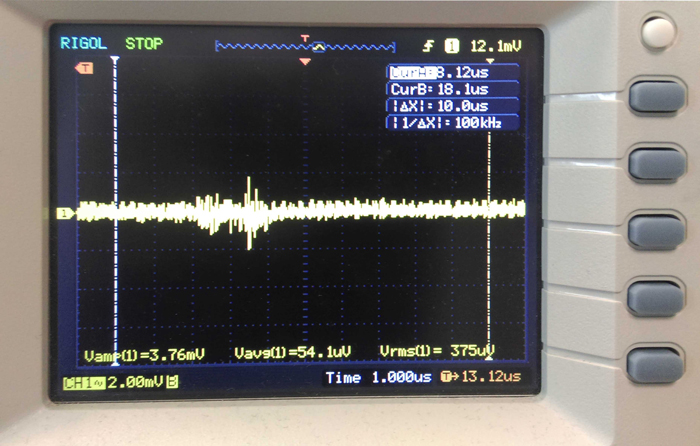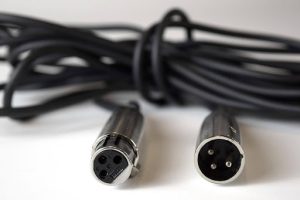The 4 key differences between AC and DC power supplies

When you hear the acronym AC/DC, you probably think of one of two things: very loud rock music, or those handy external power supplies or adapters for devices that don’t have their own source of power. And while discussing Thunderstruck and Highway To Hell sounds like fun, today we’re talking about those very convenient power supplies that make everyday life and being in business easier for everyone.
While a power supply is any device that converts and supplies power in a usable way to another device with the correct voltage and current, an AC/DC power supply is more specifically what you plug into the wall when you need to power or charge – for example – your laptop. We call it “AC/DC” because AC is the way electricity is delivered to homes and businesses through power lines, and DC is typically the way your device needs to receive its supply of power. The AC/DC adapter is the ‘middle man’ that makes the magic happen.
Table of Contents
AC versus DC
First up, we’d better define our terms.
It(from your wall) stands for alternating current, because of the way the current can change direction – hence the word ‘alternating’. Power suppliers supply electricity to homes and businesses in this form because:
* It’s the most efficient way to get power to travel long distances – ie. from the power station to your home or premises
* It’s highly convertible from higher voltages (230V 50Hz in Australia) to the lower voltages that your devices may require.
DC, on the other hand, stands for direct current, which is a one-way flow of voltage and current that cannot change direction and is highly stable. So to supply DC power to all the devices that make life and business easy and efficient, the AC needs to pass through an inverter that does the converting.
The basic reason for the AC/DC relationship is because it means a single originating source of power can be used with an enormous range of power supplies and adapters to get your devices up and running. So while the same 230V 50Hz mains power goes into – for example – the external 12v DC power supply for your laptop, the adapter does the converting into the precise voltage and current, with exactly the right connector polarity and dimensions, too. If you’re in the device manufacturing game, AC/DC is a God-send because:
* You can design your device with its specific voltage/connection requirements and easily match it to the right AC/DC adapter
* An external supply simplifies design, minimises weight, and cuts costs by obviating the need for on-board power supplies.
AC vs DC – the differences at a glance
In summary, AC power differs from DC power in 4 key ways:
Current flow
Alternating current changes direction, while DC does not.
Efficiency
AC power travels long distances better, more stably, and more safely than DC.
Mains vs devices
AC is the power supplied to and from your mains, while DC is typically the power required for your devices.
High to lower voltage
AC power is supplied at high voltage and, with the right adapters, is converted down to lower DC voltages for a huge range of different devices with different power requirements.








